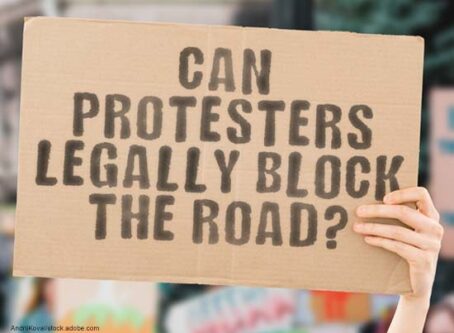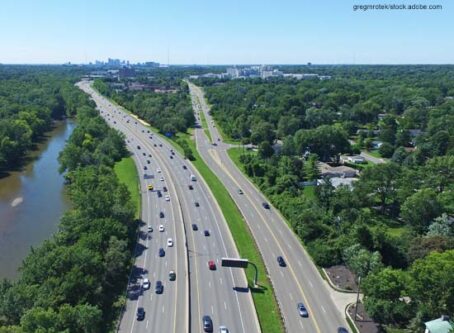U.S. court certifies one of two classes in Southern California toll lawsuit
Plaintiffs involved in a lawsuit against tolls in Southern California received a partial victory in the process after the U.S. District Court judge granted, in part, their motion for class certification. Consumers who had privacy rights violated were classified, whereas the class that had paid excessive penalty fees was not.
In their original lawsuit, eight California motorist named two classes that were affected by the tolls operated by the Orange County Transportation Authority, Foothill/Eastern Transportation Corridor Agency and San Joaquin Hills Transportation Corridor Agency:
- Penalty class – All consumers who between February 16, 2011, and the present were assessed and/or paid an excessive penalty amount in connection with the toll roads operated; and
- Privacy class – All consumers who between February 16, 2011, and the present had their privacy rights violated by the improper dissemination of their personal identifiable information in connection with the toll roads.
Class certification was awarded to the privacy class, but certification was denied to the penalty class. Further limiting the class, Judge Andrew J. Guilford reduced the time frame from Feb. 16, 2011, to one year before transport agencies were presented the complaints on June 28, 2016, for Orange County and April 12, 2016, for the other agencies.
Judge Guilford ruled that the penalty class failed to meet classification rules regarding commonality. More specifically, toll/penalty amounts, grace periods, waivers and other factors vary between the agencies. The court stated that attempting to resolve individual claims would be “unrealistic.”
The new certified class is defined as all consumers who used California Highway Routes 71, 133, 241, 261 between April 13, 2015, and now or who used the 91 Express Lanes between June 29, 2015, and now, and:
- Had travel pattern data (date and time of trip, or plaza and lane numeric identifiers) made available by defendants to another transportation agency;
- Had the date of their toll transaction or violation sent to the California DMV;
- Had their license plate numbers sent by defendants to the California DMV for a second inquiry, the Arizona DMV, DataTicket Inc., Law Enforcement Systems LLC;
- Had any personally identifiable information other than the amount of tolls and penalties owed, the violation number, or the violator’s account number sent by defendants to Linebarger Goggan Blair & Sampson LLP;
- Who, without providing express written consent to receive communications about the products or services offered by a transportation agency or a transportation agency contractor, had any personally identifiable information sent by defendants to Marshall Advertising; or
- Who had any personally identifiable information sent by defendants to a car rental company;, LexisNexis; Julinne von KleinSmid; Microbilt; Experian; the California FTB; Rex L. Brady, attorney at law; Judgment Recovery Assistance; or iContact marketing company.
The lawsuit
California Highways 73, 91, 133, 241 and 261 have collected tolls at toll booths since 1995. Beginning in May 2014, those toll booths were converted to all-electronic cashless tolls. According to the lawsuit, the switch to cashless tolls unfairly penalizes unsuspecting drivers who do not have FasTrak passes or ExpressAccounts.
Plaintiffs argued that when toll roads used manned and unmanned toll booths, motorists were adequately warned with conspicuous signs and with the toll booths themselves. Removing the signs and booths and then replacing them with cameras and digital systems eliminated any safeguards to avoid inadvertent tolls and subsequent violations, plaintiffs claim.
Furthermore, the lawsuit claims that cashless tolls assume everyone has a computer and understands “vague and confusing roadside signage.” This is in reference to signs with an internet URL that motorist can access to pay tolls. The suit argues that this assumes that motorists will notice the sign, interpret the sign as a directive to take action, and then remember to write down the URL while driving approximately 55 mph.
“If a driver does not have a computer, does not have an account set up with the toll roads, or does not understand that they must go online to pay the toll within a set period of time, or how to do so, or does not have the precise time and address of their entry on and exit from the toll roads, a notice of violation would issue in 48 hours threatening a lien on the vehicle owner’s automobile registration, generally if not paid within 30 days,” the lawsuit says.









